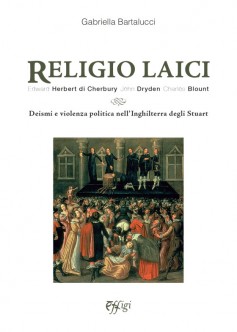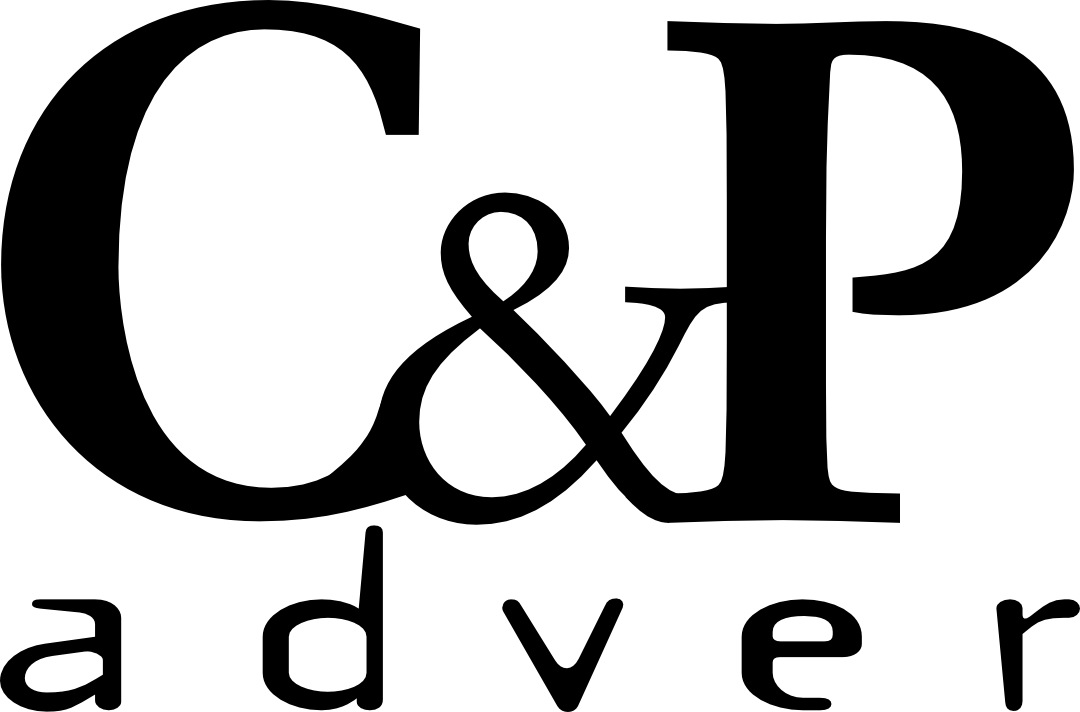Religio laici

Edward Herbert di Cherbury, John Dryden, Charles Blount
Deismi e violenza politica nell’Inghilterra degli Stuart
L’idea moderna di laicità e di libertà religiosa si fece strada in forme diverse in Inghilterra tra gli anni segnati dalla guerra civile ( 1642-1648 ), dal suo epilogo con la vittoria dei puritani indipendenti di Oliver Cromwell e l’uccisione del re Carlo I Stuart (1649), e quelli del successivo ritorno degli Stuart (1660) e delle lotte tra Carlo II e il Parlamento.
Dall’inquietante intreccio del trattato-manifesto latino Religio Laici (1645) del filosofo e barone Edward Herbert di Cherbury (1582-1648) con tre altre opere in lingua inglese prodotte, con il medesimo titolo latino, nell’arco del successivo quarantennio, emergono, nel saggio di Gabriella Bartalucci, responsabilità politiche precise e l’ipotesi della giustificazione post-herbertiana, paradossale in un contesto laico, di forme di violenza politica nel nome di Dio e con argomenti di origine clericale.
Centrali nello sviluppo del libro sono il nuovo inquadramento storiografico del testo inglese Religio Laici (1683) del filosofo libertino e “deista” dichiarato Charles Blount (1654-1693), e la messa a fuoco di alcune fonti inesplorate del suo materialismo, del suo relativismo morale e della sua collusione con il puritanesimo regicida. Quest’ultima si definisce anche grazie al poem Religio Laici or a Layman’s Faith (1682) di John Dryden (1631-1700) e ai significati dei mysterious secrets che il poeta inglese, realista, erasmiano, e aperto ad un cristianesimo “cattolico” e dialogante, vi porta alla luce, preannunciando un nuovo “raccolto insanguinato” pochi mesi prima del Rye House Plot (1683), il discusso complotto fallito della “Casa della Segale”, architettato per uccidere un altro re, Carlo II Stuart e il fratello ed erede al trono, il cattolico Giacomo II.
–
The modern idea of laicity and freedom of religion made its way in several forms in England during the years marked by a Civil War (1642-1648) ending with victory for the Independent Puritans under Oliver Cromwell and the execution of King Charles I ; the Restoration of the Stuart monarchy (1660) and the conflict between Charles II and the Parliament. From the disquieting interlacing of the philosopher Baron Edward Herbert of Cherbury’s (1582 -1648) Religio Laici (1645) with three other works (in the vernacular) bearing the same Latin title over the next four decades, Gabriella Bartalucci’s essay reveals precise political involvements and hypothesizes a post-herbertian justification, altogether paradoxical in its lay contest, of forms of political violence in the name of God that were themselves clerical in origin.
Central to her book’s development is a new historiographic framing of the English text Religio Laici by the libertine and professed deist Charles Blount ( 1654 -1693)and a focusing on some neglected sources of his materialism, his moral relativism and of his collusion with the regicidal Puritanism . This last point receives further clarification from the poem Religio Laici or a Layman’s Faith by John Dryden (1631 -1700) specifically by way of the meanings of the misterious secrets that this English poet, Royalist, Erasmian, a man very much open to a “catholic” and dialogizing Christianity, there brings to light. Foretold by Dryden as well is a new “bloody harvest” a few months before the failure of the discussed Rye House Plot, which was plannedto kill another king, Charles II Stuart, and his brother and heir to the throne, the Catholic James II.
Approfondimenti e notizie
- Sommario dei contenuti del libro
- Appendix ad Sacerdotes de Religione Laici: un anticlericalismo mirato – Appendix ad Sacerdotes de Religione Laici: la polemica di Herbert contro la strumentalizzazione politica della Scrittura e delle profezie bibliche (PDF)
- Gabriella Bartalucci e il barone Edward Herbert di Cherbury
- Recensione di Religio Laici del Prof. Roberto Celada Ballanti
Parole chiave
Questo libro lo trovi anche in: Saggi

« Tracce di Comune, di Provincia, di Monte dei Paschi | Museo Archeologico e d’Arte della Maremma »











